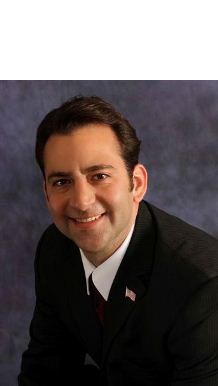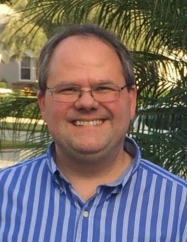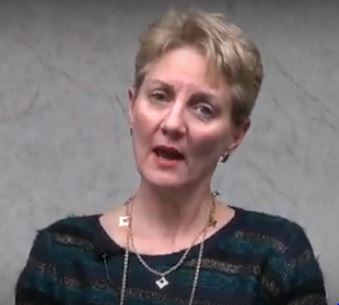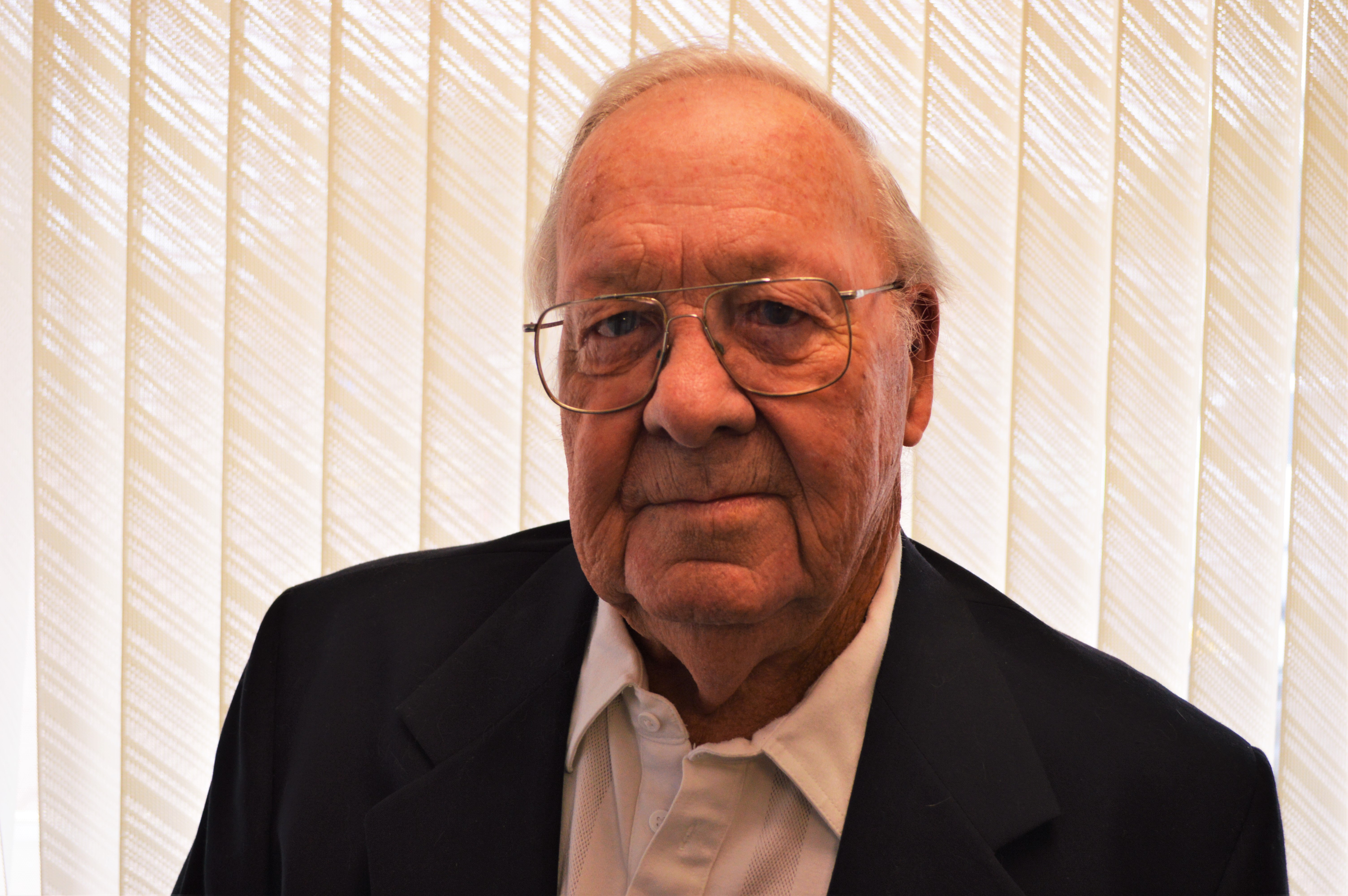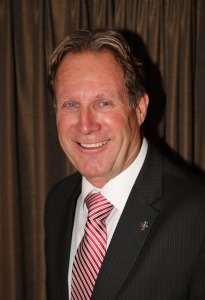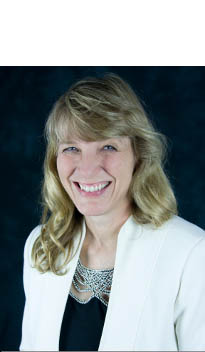
I’d set some beaver traps in a creek near the road, and since the ditches were really deep along there, I found the best way to park near the creek was to drive down into the ditch itself and follow it clear to the creek. When I first parked there I noticed a rather strange looking piece of what appeared to be rubber of some sort laying there in the ditch. “Odd,” I thought, but not earth-shattering as you’re likely to see most anything in the ditch near a stream, as some people view that as a good place to get rid of a variety of “stuff.”
The next day though my curiosity got the best of me and I picked up that piece of “rubber” to see what it really was. I’d been looking at the inside of the object and when I turned it over it was apparent I had stumbled upon the partial remains of an armadillo.

The armor plate that covered its back was still in one piece, made up of dozens of long, narrow, armored tiles that overlapped each other slightly like shingles on a roof, and each row was connected to the next by tissue that acted like a hinge and allowed them all to flex as the animal moved. The front and the back were each one big cup-shaped piece of armor that were connected to the rest by the same tissue and would have covered the critters hips and shoulders and extended down each side to its belly. One smaller piece caught my eye as it was made up of hundreds of little armored tiles much smaller than any of the others. I picked it up and turned it over, and there, tucked up inside was its tiny pointed skull.
Now I could write an entire column on the unique qualities of an armadillo, but the point I wish to make here is that everything about the armored remains of that creature were designed and built by God to be and to work just like they did; they didn’t just happen that way! I suppose someone that has lived their entire life in the middle of a big city and never seen anything but asphalt and concrete could believe that all of nature resulted from some big cataclysmic explosion or crawled out from some giant pot of stew. But it only takes me mere seconds in the outdoors to find utterly preposterous any explanations for our world other than Creation!
No matter how mundane or uneventful an outdoor adventure seems, I absolutely never leave nature’s presence without being fascinated by something. Maybe it just doesn’t take much to fascinate me anymore, but my wonderment with Creation starts pretty simply. For example, how does putting a kernel of corn into this stuff we call “soil” with a little water and sunshine cause a plant to grow?
And furthermore, how does that seed know to grow a stalk of corn and not a soybean plant, a pigweed or a maple tree for that matter? And then there’s the part where it produces a big ol’ cob full of the exact seeds we started with, covered by several layers of heavy leaves to protect those seed till they ripen. Or how about the vibrant colors around a rooster pheasants face, the shimmering green of a mallard drakes head, the stunning red hues of a male cardinals body or even the amazing palate of colors found on a pesky peacocks tail?
Then inversely, how do all the females of those same species end up totally dull and drab so they blend in with their surroundings as they sit on a nest filled with peculiar looking vessels called “eggs” that will hatch, and just like the corn plant, produce young that are exactly like their parents? How do geese navigate to spots hundreds or even thousands of miles away, and yet find their way back home to nest? How do salmon end up where they were hatched to lay eggs of their own, which – you guessed it – will hatch into little salmon looking just like mom and dad. How do ducklings know how to swim when they are barely dry after hatching, and how do hoards of baby turtles know to head straight for the ocean mere minutes after digging themselves free from their sand covered nests?
I marveled at a beaver I caught recently, how it had a broad flat tail to help navigate its thick heavy body through the water, how it had claws on both front feet to help hold and carry sticks and how it had huge webbed feet on both back legs to propel it through the water. Had it been made with claws on all four feet, or huge webbed feet on all four legs or had a skinny little tail like a muskrat, nothing would have worked right at all. It was intelligently designed and built perfectly with everything it needed!
I’ve barely scratched the surface here as to the complex intricacies and wonders found in nature. Oh I believe in evolution alright, as a process by which man and animals have adapted over thousands of years to their changing environments, but NOT as an explanation for how anything I see in nature came to be. The Bible tells me we were created, and while we may have more resembled monkeys than men in the beginning (I still wonder about some of us today) we were created as men and not monkeys. Some critters may appear to have been put together using spare parts, but those spare parts all have a specific purpose.
So when you are out enjoying God’s Creation, think of it as such and I bet you’ll gain a whole new appreciation for Exploring Kansas Outdoors.
Steve Gilliland, Inman, can be contacted by email at [email protected].







